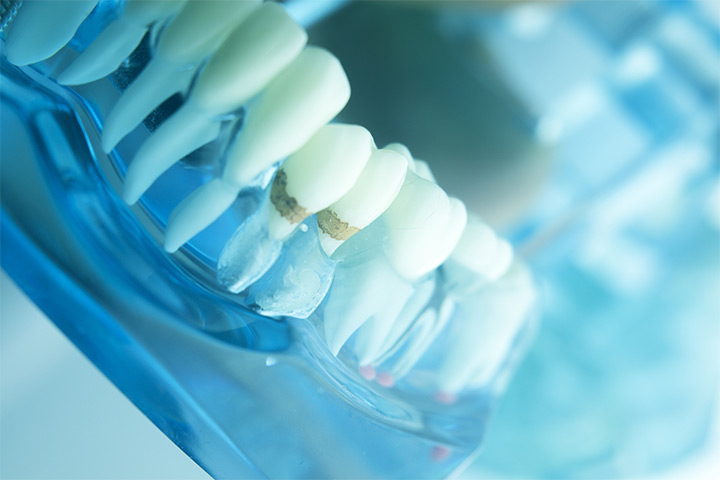Laser Therapy For Gum Disease: Save Your Teeth

The world of dentistry has seen significant advancements in recent years, and one of the most promising developments is the use of laser therapy for treating gum disease. Gum disease, also known as periodontal disease, is a common condition that affects millions of people worldwide, causing inflammation, infection, and damage to the gums and bone supporting the teeth. If left untreated, gum disease can lead to tooth loss, which can have a significant impact on a person’s quality of life. Fortunately, laser therapy has emerged as a highly effective and minimally invasive treatment option for gum disease, offering a new hope for those seeking to save their teeth.
Understanding Gum Disease
Before delving into the details of laser therapy, it’s essential to understand the basics of gum disease. Gum disease is a chronic bacterial infection that affects the gums and bone supporting the teeth. It’s caused by the accumulation of plaque, a sticky film of bacteria, on the teeth, which can lead to inflammation and infection. If left untreated, gum disease can progress to more severe stages, causing the gums to pull away from the teeth, forming pockets that can trap bacteria and debris. As the disease advances, the bone supporting the teeth can become damaged, leading to loose teeth and eventually, tooth loss.
The Problem with Traditional Treatments
Traditional treatments for gum disease, such as scaling and root planing, have been effective in managing the condition, but they have some drawbacks. These treatments can be painful, requiring anesthesia, and may not always be effective in removing all the infected tissue. Additionally, traditional treatments can be time-consuming and may require multiple visits to the dentist. Furthermore, some patients may experience sensitivity or discomfort after the treatment, which can be a significant concern for those with sensitive teeth or gums.
The Benefits of Laser Therapy
Laser therapy, on the other hand, offers a range of benefits that make it an attractive option for treating gum disease. Laser therapy uses a specialized laser to target and remove infected tissue, promoting healthy gum growth and reducing the risk of further infection. The benefits of laser therapy include:
- Minimally invasive: Laser therapy is a minimally invasive procedure that requires no sutures or incisions, reducing the risk of complications and promoting faster healing.
- Less pain: Laser therapy is often painless, eliminating the need for anesthesia and reducing the risk of discomfort or sensitivity after the treatment.
- Faster recovery: Laser therapy promotes faster healing and reduces the risk of infection, allowing patients to return to their normal activities quickly.
- More effective: Laser therapy can be more effective than traditional treatments in removing infected tissue and promoting healthy gum growth.
How Laser Therapy Works
Laser therapy for gum disease typically involves the use of a specialized laser, such as a diode laser or a Nd:YAG laser, which emits a specific wavelength of light that targets infected tissue. The laser is used to remove the infected tissue, promoting healthy gum growth and reducing the risk of further infection. The procedure typically involves the following steps:
- Pre-treatment preparation: The patient is prepared for the treatment by removing any plaque or tartar from the teeth and gums.
- Laser application: The laser is applied to the infected tissue, targeting the bacteria and infected cells.
- Tissue removal: The infected tissue is removed, promoting healthy gum growth and reducing the risk of further infection.
- Post-treatment care: The patient is provided with instructions on how to care for their teeth and gums after the treatment, including any necessary follow-up appointments.
Case Study: The Effectiveness of Laser Therapy
A recent study published in the Journal of Periodontology found that laser therapy was effective in reducing the symptoms of gum disease and promoting healthy gum growth. The study involved 50 patients with moderate to severe gum disease, who were treated with either laser therapy or traditional scaling and root planing. The results showed that the patients treated with laser therapy experienced significant reductions in pocket depth and bleeding, as well as improvements in gum attachment and bone density. These findings suggest that laser therapy is a viable treatment option for gum disease, offering a range of benefits over traditional treatments.
FAQs
What is laser therapy for gum disease?
+Laser therapy for gum disease is a minimally invasive treatment that uses a specialized laser to target and remove infected tissue, promoting healthy gum growth and reducing the risk of further infection.
Is laser therapy painful?
+Laser therapy is often painless, eliminating the need for anesthesia and reducing the risk of discomfort or sensitivity after the treatment.
How long does the treatment take?
+The length of the treatment can vary depending on the severity of the gum disease, but typically takes between 30 minutes to an hour per session.
Is laser therapy covered by insurance?
+Insurance coverage for laser therapy for gum disease varies depending on the provider and the specific policy. It's best to check with your insurance provider to determine if the treatment is covered.
What are the risks and complications of laser therapy?
+While laser therapy is generally safe, there are some potential risks and complications, such as infection, bleeding, and sensitivity. However, these risks are rare and can be managed with proper post-treatment care.
Conclusion
Laser therapy for gum disease is a highly effective and minimally invasive treatment option that offers a range of benefits over traditional treatments. By targeting and removing infected tissue, promoting healthy gum growth, and reducing the risk of further infection, laser therapy can help patients save their teeth and maintain a healthy, beautiful smile. If you’re struggling with gum disease, consider speaking with your dentist about laser therapy and how it can help you achieve a healthier, happier smile. With its unique combination of benefits, including minimal invasiveness, reduced pain, and faster recovery, laser therapy is an attractive option for those seeking to treat gum disease and maintain their oral health.

